Safety systems are evolving, with driving assistants similar to those in cars and clothing that helps prevent the most lethal injuries on two wheels
In the last 10 years, more than 45,000 people have died in motorcycle and moped accidents across the European Union, according to official data. Studies warn that when a person gets behind the handlebars of a two-wheeled vehicle, they are between 12 and 17 times more likely to suffer a fatal accident than when they get behind the wheel of a car. One in four fatal accidents in countries such as Spain involve motorcyclists and 37% of them are caused by the driver of the two-wheeled vehicle, according to data from the Spanish Directorate General of Traffic (DGT).
Europe has set 2030 as the date to halve the number of road deaths, halfway to achieving zero fatalities by 2050, both in two-, three- and four-wheeled vehicles, as well as trucks and other vehicles. To this end, the use and development of technologies that improve the safety of motorcyclists is encouraged, given their vulnerability on the road and the spread of the motorcycle as a more agile, clean and faster vehicle, especially in cities.
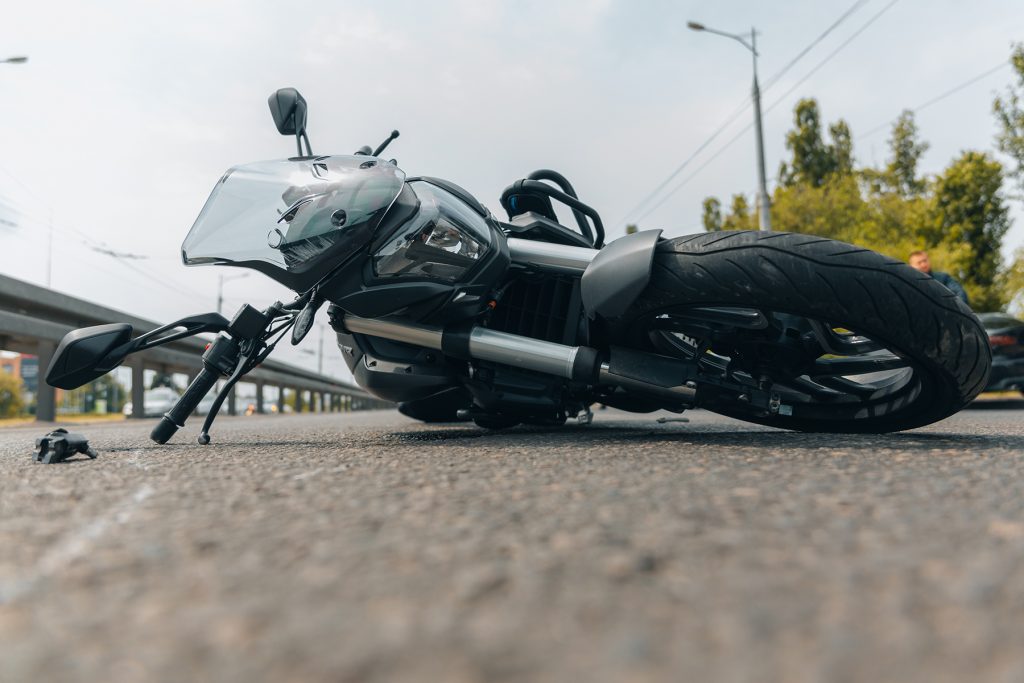
More motorcycles every year
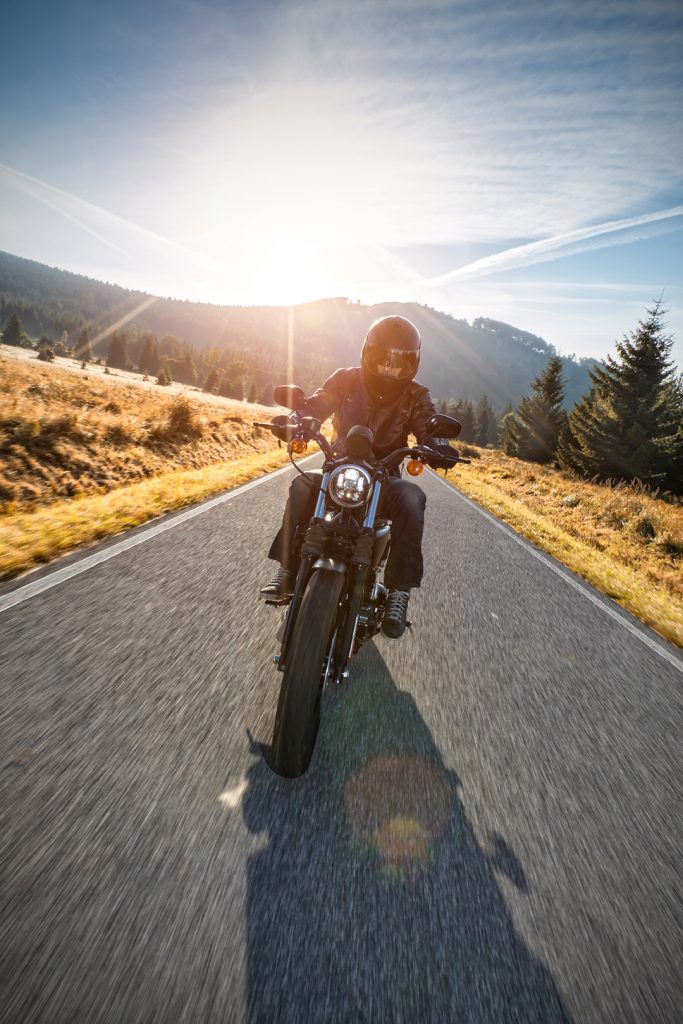
To explain the high mortality rate of motorcyclists, logic points to the very essence of motorcycles, a means of transport in which the driver is the chassis. However, more motorcycles are sold every year on European soil. Data cited by the National Association of Companies in the Two-Wheel Sector (Anesdor) point to a 15.5% growth in this market, which in 2023 returned to pre-pandemic levels, when there was a standstill. Countries such as Italy, Germany, and Spain lead this increase in sales.
In other regions of the world, such as the United States, this market remains stagnant, with figures even indicating a half-point drop in sales in the last period analyzed, the whole of 2023. In fact, the North American market only absorbs half a million motorcycles each year, compared to 15.5 million cars.
Motorcycle sales are increasing, for example in India, with an increase of 20.6%, or in the Pacific region. But China is not yet taking off and, in general, the market is showing a drop in sales of mopeds and electric motorcycles, for which better figures were expected. The global figure, in any case, points to 66 million motorcycles and mopeds sold per year throughout the world.
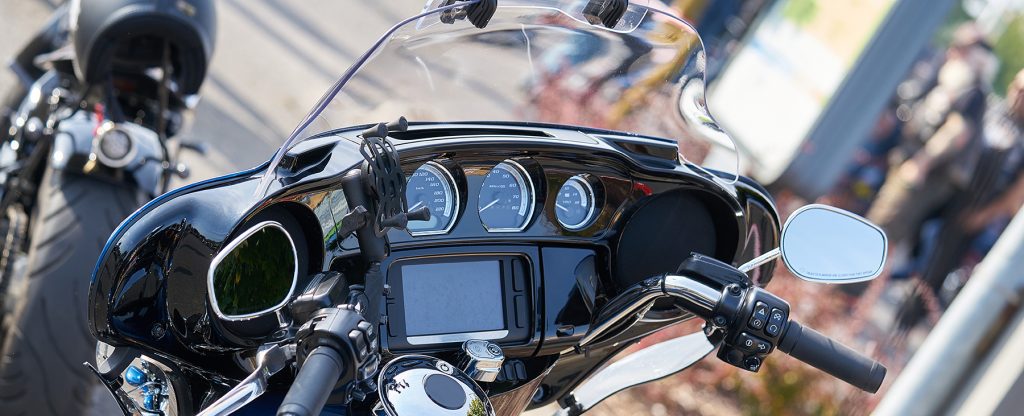
Driving assistance
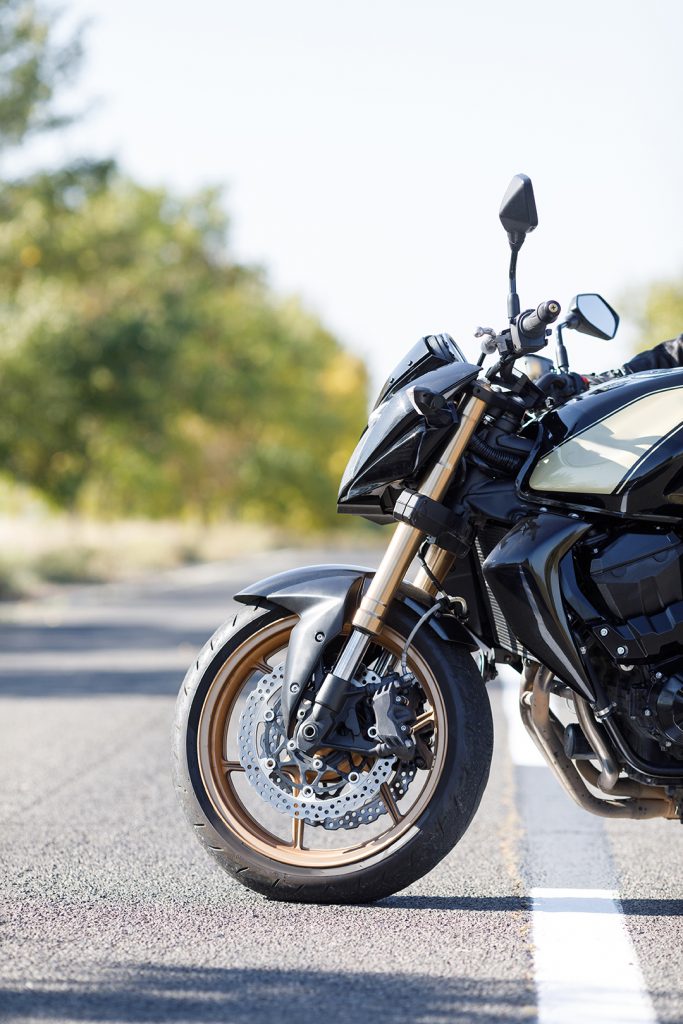
Over the past 40 years, motorcycles have gradually incorporated safety systems imported directly from cars, including ABS braking systems, which prevent the wheels from locking during emergency braking, direct fuel injection, which allows for more precise engine power delivery with input from the right handlebar, and traction control, which minimizes the risk of skidding, one of the most dangerous drawbacks when driving on two wheels.
In recent times, motorcycles have begun to incorporate ARAS, driving assistance systems derived from the ADAS of cars. These include speed-adaptive cruise control, which allows you to maintain a safe distance from the vehicle in front, among other features, and e-calls, automatic emergency call when the motorcycle detects a fall or other type of serious accident.
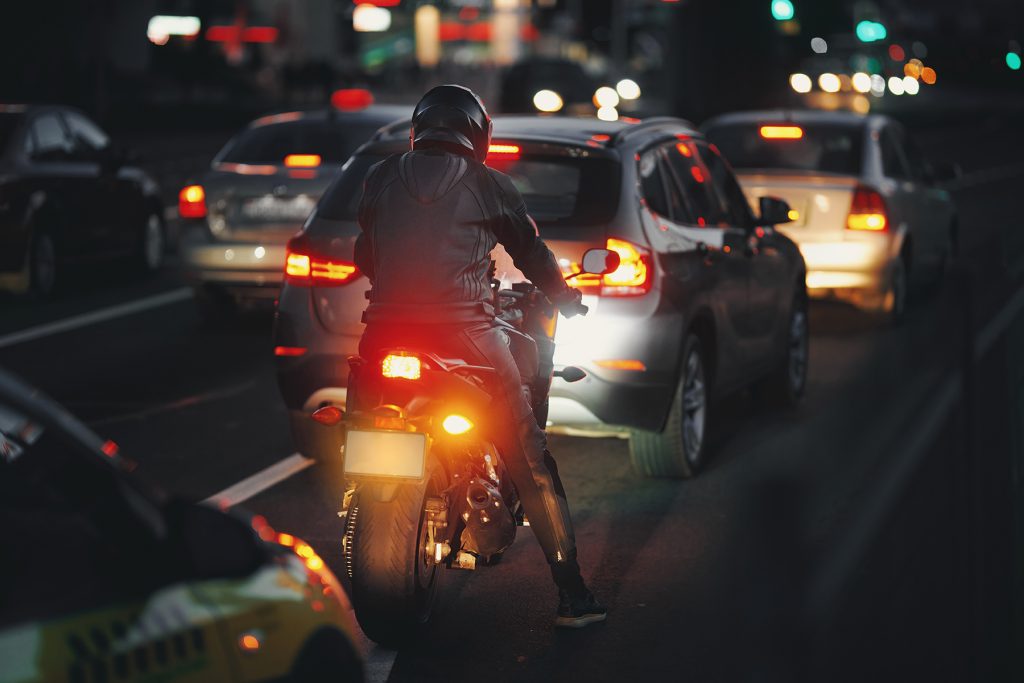
Blind spot detection systems are also becoming more popular, which prevent the danger of lateral movements when overtaking or on roads with more than one lane, as are emergency stop signals, which turn on the flashing lights in the event of a sudden drop in speed to warn the vehicle behind. This last measure was scheduled to become mandatory in 2024 in countries such as Japan.
Ultimately, these technologies help drivers improve safety when interacting with other vehicles, which are generally less vulnerable by their very nature when travelling on the road.
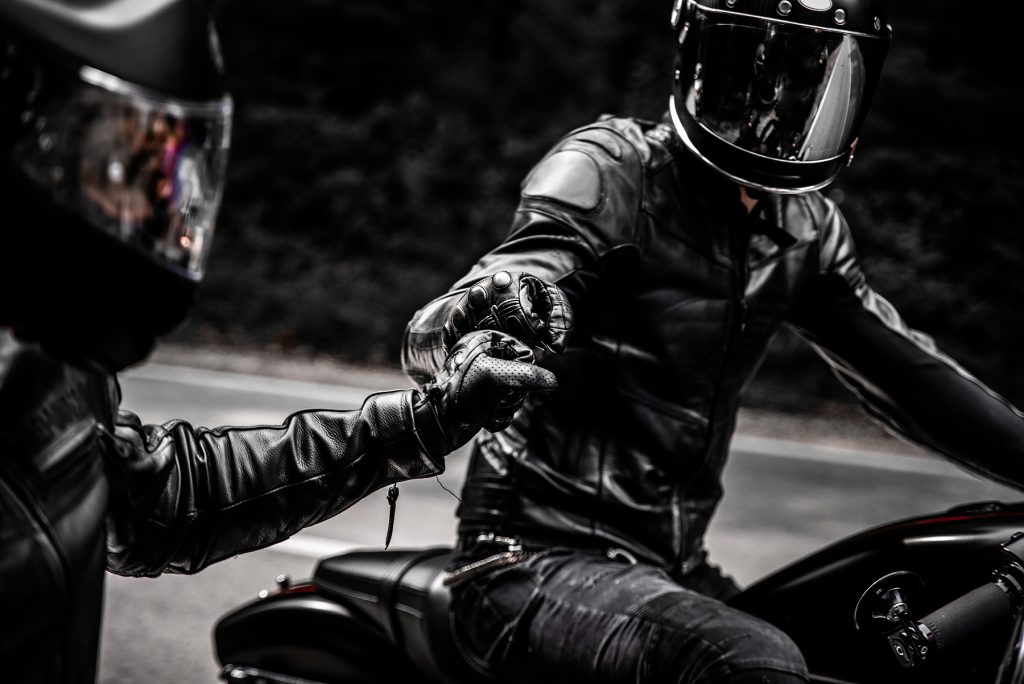
Airbag vests, jackets and jeans
Official bodies are increasingly beginning to value the recommendations and obligations to use clothing that offers extra protection to motorcyclists. These are jackets, vests and boots that include airbags that inflate to protect limbs and vital parts of the body in the event of a fall or accident. These garments work in a similar way to the safety mechanisms contained in treadmills, to which the person exercising is tied and which stop if they become separated from the apparatus, in order to avoid damage.
Airbags, which can be incorporated into vests, jackets and even jeans, are attached to the motorcycle and are activated when it is detected that the vehicle and driver have separated. However, according to the latest publications, aspects such as how to protect the driver in the event of accidents at high speeds are still to be fine-tuned.
In some cases, motorized agents of the Spanish Traffic Guard are already equipped with these garments, which protect against spinal and neck injuries. Making them mandatory is on the cards, and the use of these garments is already recommended for motorcyclists, as is already done with other accessories such as boots, jackets and specific pants to avoid abrasions and injuries in case of falls.
Write: Guillem Sanchis